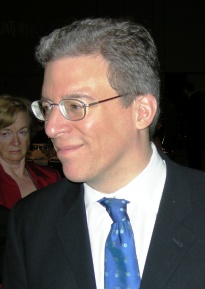Location: Australian Institute of Company Directors – Sydney, Australia
Jan du Plessis – Rio Tinto Chairman
Good afternoon ladies and gentlemen. It is a real pleasure to be with you today.
I’d like to begin by acknowledging the traditional custodians of the land we have gathered on today, the Gadigal people of the Eora nation. I pay my respects to elders past and present.
I first visited Sydney in November 1991 and, over the course of several subsequent visits, fell in love with the place. Twenty years later, having travelled around the world more than I care to remember, I still believe this is the most beautiful city in the world.
Now, before anybody says Sydney is not Australia, let me assure you that over the last two-and-a-half years since becoming Chairman of Rio Tinto, I have seen quite a lot of your country. And my visits have not been confined to stopping over in most of your major cities. I have visited several coal mines and (I confess) vineyards in the Hunter Valley; more coal mines in Queensland; and paid visits to our alumina refineries, aluminium smelters and other facilities in and around Gladstone.























